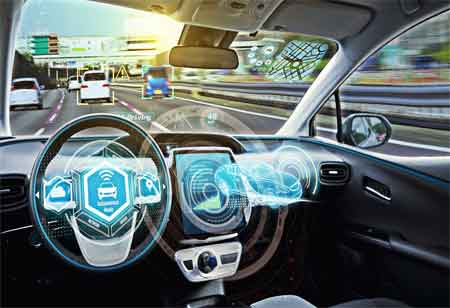When technology fulfills the desire for fully autonomous driving, the world of automotive transportation will never be the same.
FREMONT, CA: The self-driving vehicle is a broad category that refers to various types of cars. Consumers, commercial, and industrial users must distinguish between them. Here is a definition of self-driving car technology in the modern era and evaluate existing and conceptual self-driving car technologies.
There is no simple method of understanding whether a vehicle is "self-driving" or not. Instead, self-driving cars are classified into several levels, each contributing to understanding how individuals and vehicles communicate to launch a vehicle. The driving automation scale developed by the Society of Automotive Engineers must help people to understand what types of vehicles comes under the "self-driving" section.
Levels of Autonomous Driving
Level 1
Mitsubishi introduced the first adaptive cruise control in a limited edition of the Diamante model. Adaptive cruise control, which accurately accelerates, and brakes based on the proximity of other cars, is regarded as the first stage in self-driving technology. A vehicle has level 1 autonomy if it has a system that aids the driver while driving.
Level 2
Level 2 autonomy refers to the vehicle's capability to automate tasks like navigating and accelerating around a slow vehicle, steering and piloting a vehicle on a highway, or parallel parking automatically.
Level 3
There is a significant technological difference between Level 2 and Level 3 autonomy. Level 3 vehicles must have systems that can control all aspects of driving under specific conditions and the capability to comprehend them. The most innovative, cutting-edge self-driving vehicles will achieve Level 3 autonomy.
At this level, the driver does not drive at all. Instead, they monitor the vehicle's potential to operate in specific conditions.
Level 4
By progressing to the present theoretical levels of autonomous driving, the driver's role becomes increasingly important. Almost all consider this level of autonomy to be "fully self-driving," even though the driver will still require some level of communication with the car, like robo-taxis. Autonomy is no longer as far-fetched as people once assumed, and few companies claim that their existing onboard computers can promote Level 4 autonomy, applicable to future software updates.
Level 5
Level 5 autonomy, while theoretical, allows a vehicle to drive anywhere, in any circumstance, even without a driver. Since consumer vehicles do not need to drive in the most extreme or off-road conditions, this level of autonomy may only be realized in military and industrial settings. Level 5 autonomy appears to be in its conceptual stage at the moment.
See Also: Top 20 Enterprise Startups - 2020

 Copyright © 2025 AutoTech Outlook. All Rights Reserved | Privacy Policy | Subscribe | Sitemap | About us | Feedback Policy | Editorial Policy
Copyright © 2025 AutoTech Outlook. All Rights Reserved | Privacy Policy | Subscribe | Sitemap | About us | Feedback Policy | Editorial Policy